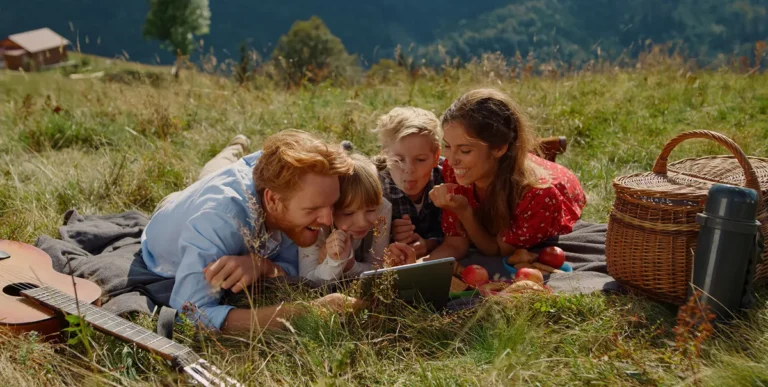The legend goes that when the people gathered to view the exhibit of Auguste and Louis Lumière, they were so afraid of the moving image of a train barreling towards them that they ran from the darkened tent in fear. So it is at the birth of a new medium, and while we doubt that personalized video will send anyone screaming from the room, there is still a sense of astonishment when your online video addresses you directly by name and tells you things that only you need to hear.
Taken by itself, personalization is not new. We have grown used to Amazon recommendations based on previous purchases or even the things we placed in our cart but never intended to buy. Companies have invested heavily in Big Data, gathering as much information about their customers as possible looking for a way to use that information that provides value to the customer as well as to the enterprise. The bills and statements you receive in the mail are personalized inasmuch as they have your name and address on the envelope or they’d never reach you.
Until now online video has been, essentially, a broadcast or one-to-many medium. Personalization co-opts the breadth of broadcast and adds the depth of direct communication by allowing the voice of the CEO to reach each customer on a one-to-one basis.
Personalized video represents a return to forgotten values where your bank manager knew your name and when your kids were leaving for college. Personalized video is a way to deliver uniquely crafted messaging on a massive scale where every video has been specifically generated for an audience of one.
Personalized video brings personalization to its logical location – everywhere. Whether you’re watching at work or on the train to work, personalized video will reach you and talk to you and tell you what you need to know. Across the world, companies are beginning to understand the ability of personalized video to clarify, to inform, and, of course, to sell by adhering to fundamental rules of communication:
- Don’t just tell, show.
- Address your audience by name and she or he will pay closer attention.
- There’s no point telling a cat owner how friendly dogs are.
Personalized video represents a major upgrade in the way we communicate providing a moment of “wow” for every viewer.





